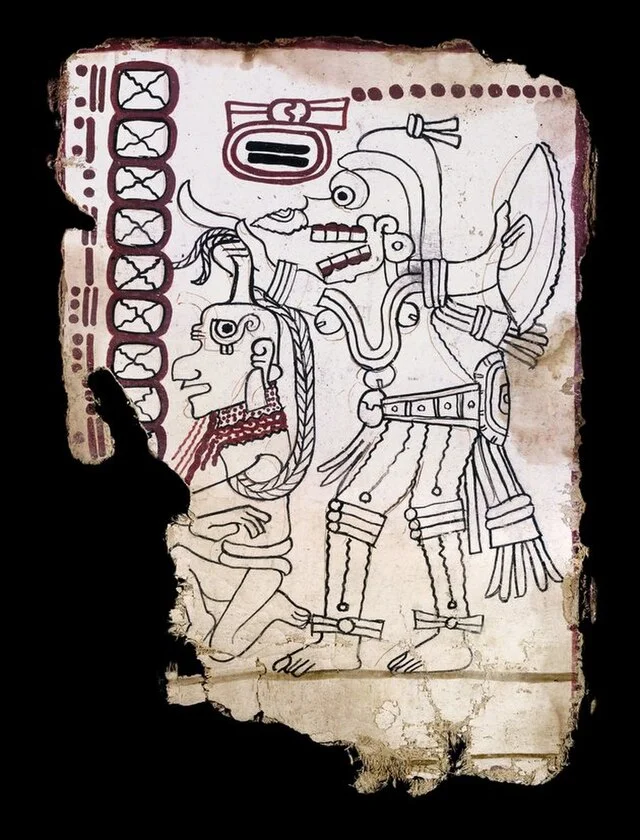The Maya Codex of Mexico, also known as the Grolier Codex, is one of the few surviving Maya manuscripts. Dated to the 12th century AD, this codex offers a glimpse into the pre-Columbian Maya civilization. Among the Maya books that still exist, it is the most recent and controversial due to questions surrounding its authenticity.
Get your dose of History via Email
Discovery and Provenance
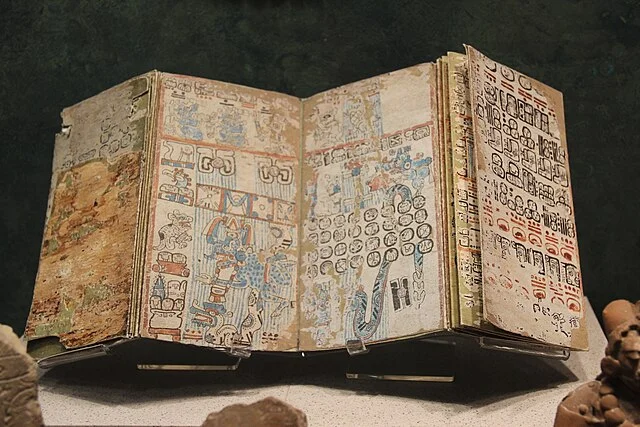
The Maya Codex of Mexico was discovered in the 1960s in a cave in Chiapas, Mexico. A collector acquired it under uncertain circumstances, which contributed to early doubts about its legitimacy. Unlike other codices, this one was not found during a scientific excavation, raising concerns among scholars. However, recent studies confirm its authenticity.
Content and Purpose
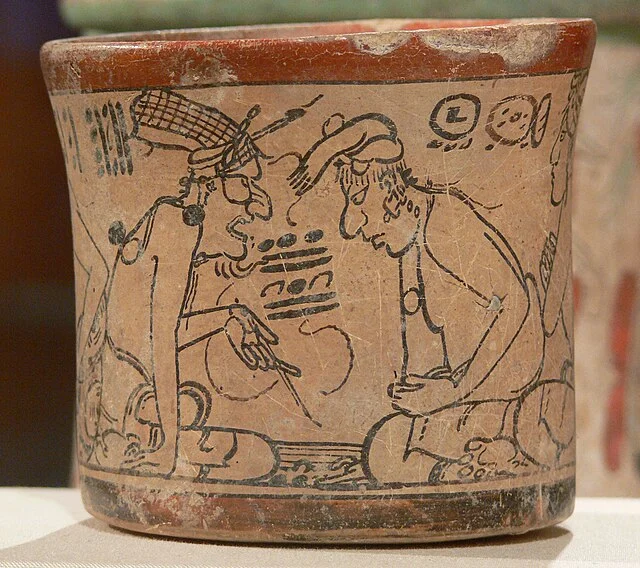
The codex contains 10 surviving pages that feature astronomical and calendrical information. It primarily focuses on the movement of Venus, a planet central to Maya cosmology. The Maya used Venus’ cycles to plan rituals and predict significant events, particularly related to warfare and agriculture. Like other Maya codices, it uses hieroglyphs and intricate imagery to convey these details.
Structure and Materials
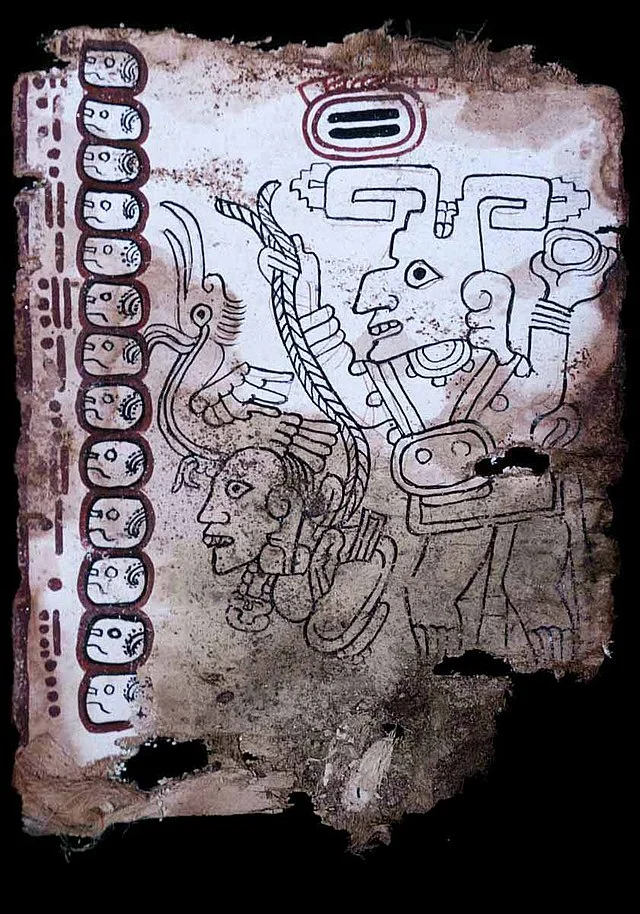
The codex is made of fig bark paper, a common material for Mesoamerican manuscripts. It is coated with a thin layer of stucco, onto which scribes painted vibrant figures and glyphs. The art and glyphs are executed in red, black, and brown, similar to other Maya codices like the Dresden Codex.
The Controversy of Authenticity
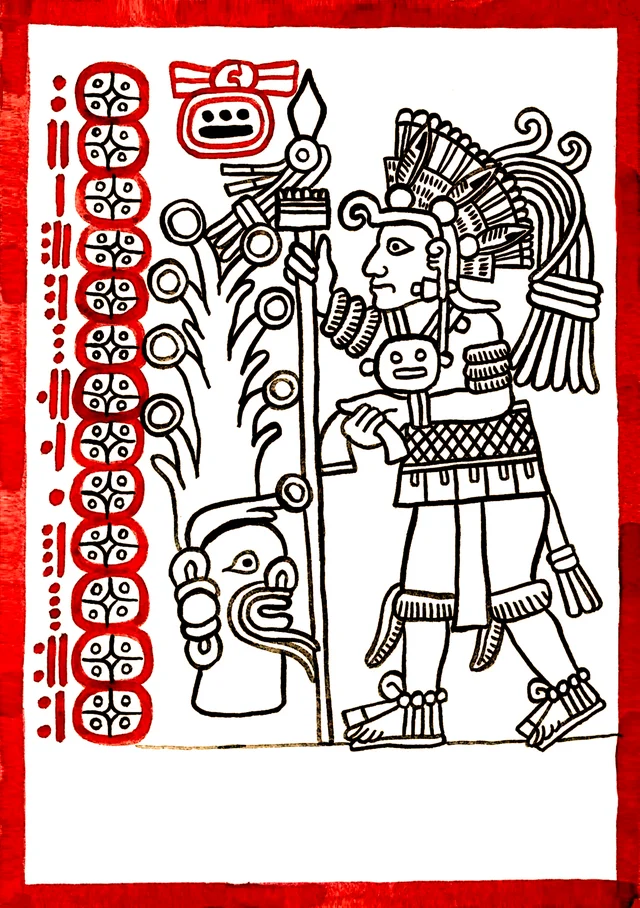
For many years, scholars questioned whether the codex was an ancient document or a modern forgery. The lack of a clear provenance fueled these doubts. Some argued that its style and content were too different from other known Maya manuscripts. However, recent radiocarbon dating and analysis of the materials used in the codex confirm its age. Scientific testing dates the codex to between AD 1021 and AD 1154, firmly placing it within the Maya Postclassic period. Furthermore, detailed studies of the artwork reveal that it is consistent with other Maya works from the same era.
The Importance of the Codex
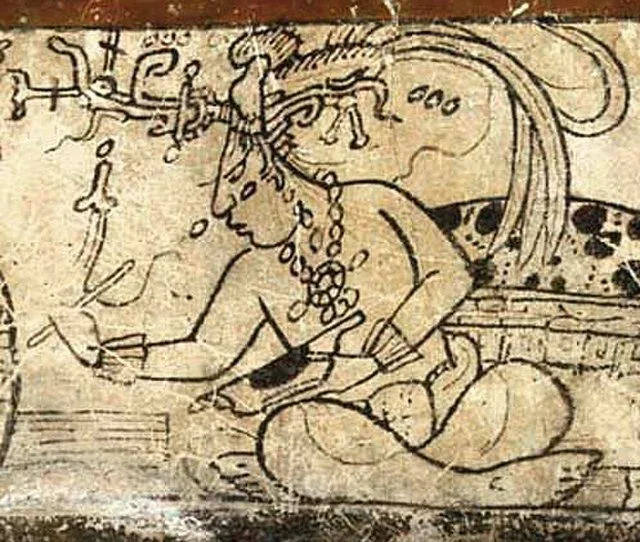
The Maya Codex of Mexico provides valuable insights into the Maya understanding of astronomy and their belief system. Although it is less complete than other codices, such as the Dresden and Madrid Codices, it still offers critical information about Maya practices related to Venus and its significance. The codex contributes to our understanding of the Maya civilization during the Postclassic period, a time when the region was undergoing significant political and social changes.
Preservation and Current Location
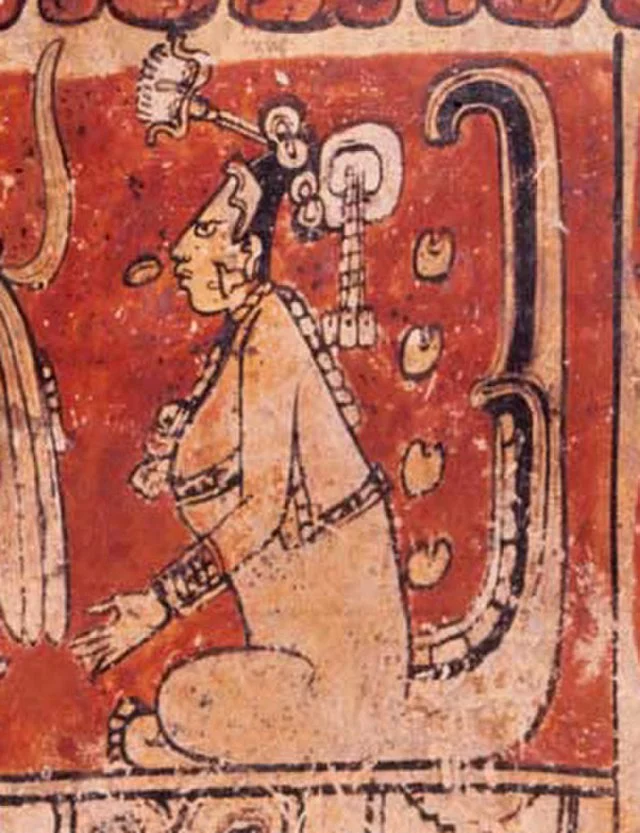
The Maya Codex of Mexico is currently housed in Mexico’s National Museum of Anthropology in Mexico City. It is stored under strict conditions to prevent further deterioration. Over the years, scholars have worked to conserve its fragile materials, ensuring that future generations can continue to study this important document.
Conclusion
The Maya Codex of Mexico is a significant artifact that helps scholars better understand the Maya civilization. Despite the controversy surrounding its discovery, scientific analysis confirms its authenticity and importance. Its focus on Venus underscores the critical role of astronomy in Maya culture. While only a fragment of Maya literature survives today, the codex remains a valuable piece of the historical puzzle.
Source:

